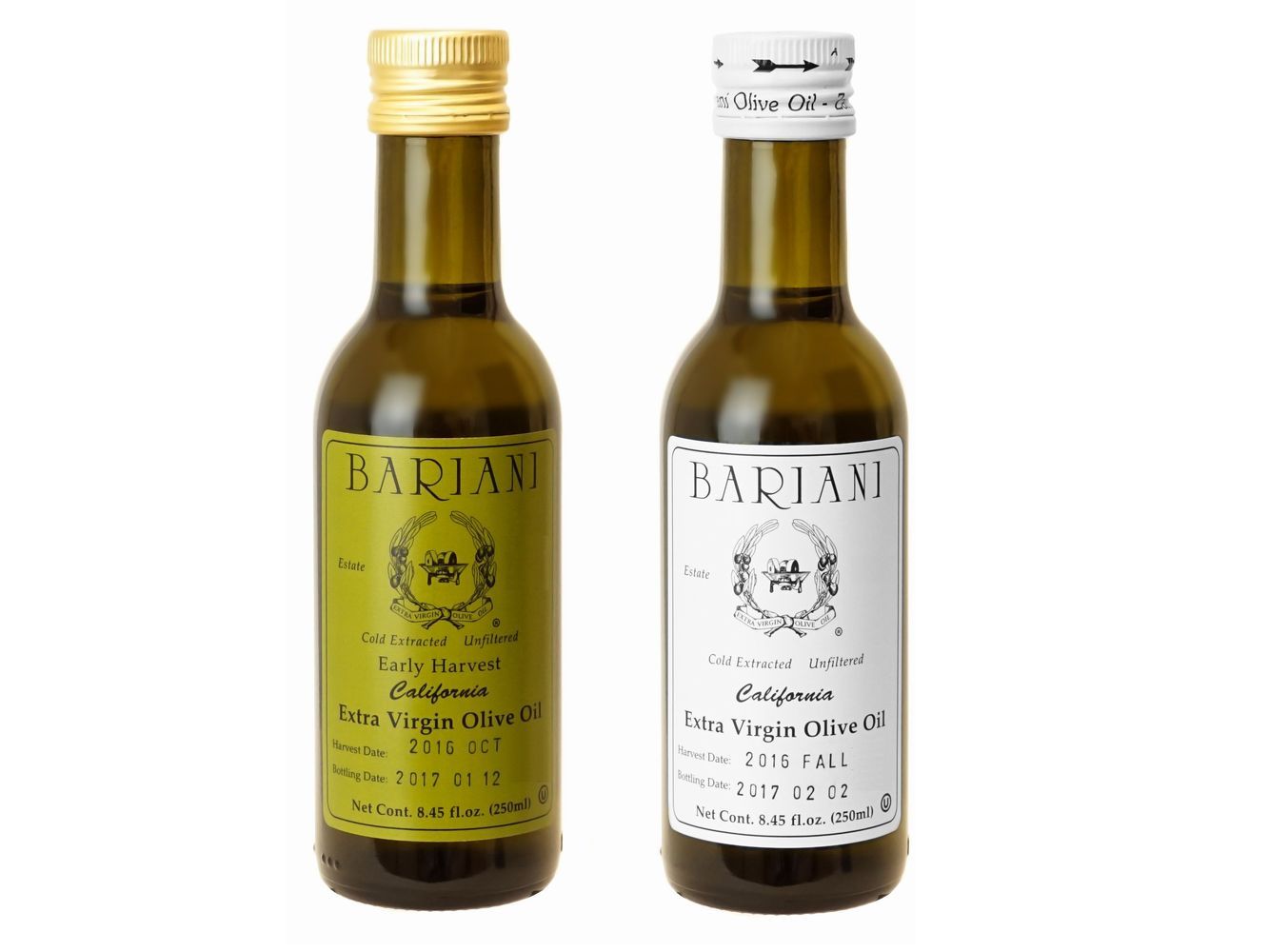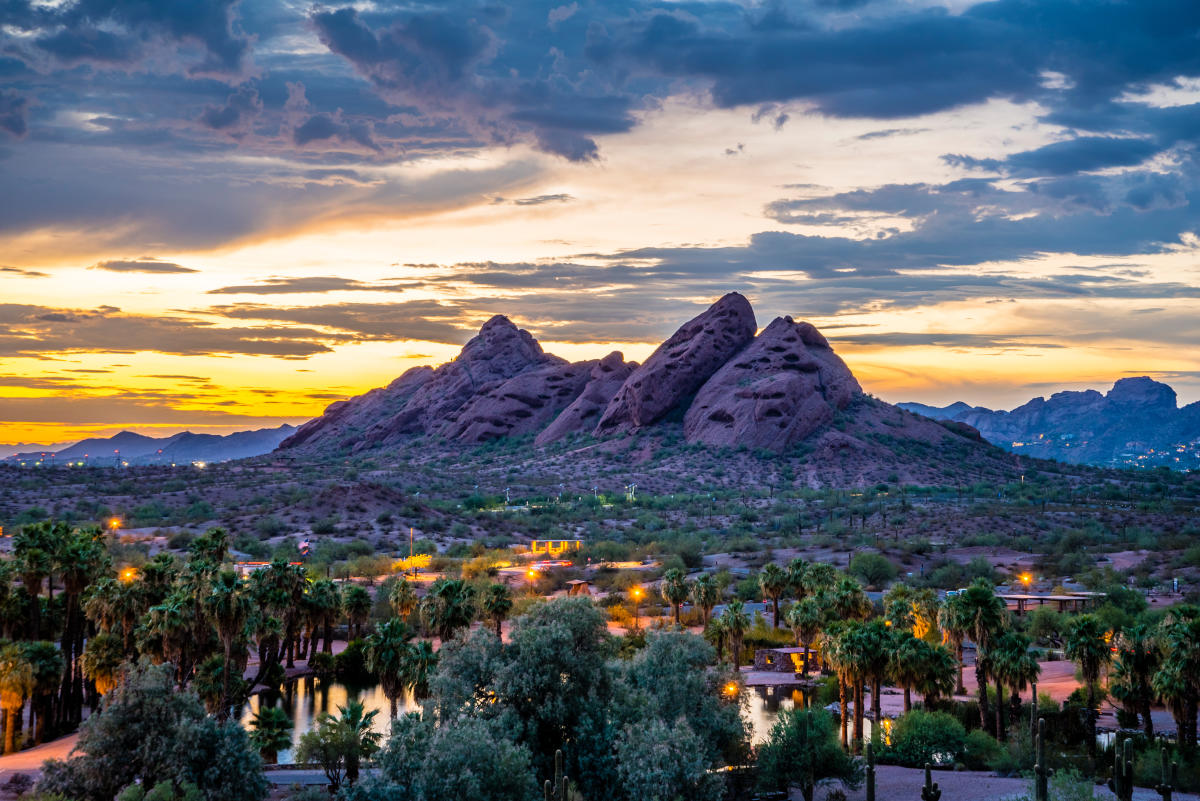Late-season salmon fishing around Kodiak, Alaska, can be incredibly rewarding. In the early 2000s, most of the seine fleet employed college and high school students who had to return to school by mid-September. By then, the heavy runs of pink salmon are over, and the late runs of coho and sockeye trickle in for the few boats willing to risk big storms.
Captain Terry Ivanoff of the F/V New Dawn and I were off the west coast of Kodiak near the village of Karluk with Norm Botz of the F/V Silversword, milling around and prospecting coho together. Since more than half of the fleet was done for the summer, fishing pressure at the top spots had reduced our wait time, allowing us to work uninterrupted from sunrise to sunset.
Migrating whales are always a consideration. Observing pods of hundreds of porpoises and whales is easy, with telltale signs of spouting in one direction across the horizon. Lone bull whales, however, are hard to detect, swimming deep and spouting less often than the young ones. Whales are seldom tangled in nets due to their massive power and size, passing through unharmed without notice until the net is retrieved with a gaping hole the size of a small house. Whale-sized holes in seines can rarely be repaired properly while onboard a boat at sea, as limited deck space and multiple spools of seine twine are required for hours of mending by only experienced crew members.
On a fateful day of glorious fishing in flat calm seas, our net came up in shreds, requiring a complete rebuild spread on the closest docks 18 hours away. The Silversword radioed us, announcing a massive school of salmon headed our way. Unable to do anything about it but cry and head to town, they offered to make a set for us before heading to town with a boatload of fish themselves.
Boats cannot tie up or raft together in choppy seas without risking damage to cleats, rigging, and lives. But this day was exceptionally calm, allowing us to pull up on their net full of fish and fill our boat half-full of coho salmon quickly and safely, ending the season on a high note due to the generosity and goodwill of others. This was not the first time the captain and crew of the Silversword had saved us from potential disaster and financial ruin.
After that experience, I never fished after September 13 again. It was easily one of my best day/worst day memories, a lesson learned on the delicate balance of risk versus reward.
That unforgettable day on the water taught me the importance of timing and teamwork in fishing. It also reinforced my love for coho salmon, a delicious catch with a rich, distinctive flavor. As the fishing season came to an end, I was left with an abundant supply of these incredible fish. This flavorful bowl features vibrant ingredients and cooked wild Alaska coho salmon, making it a sure-fire summer family favorite.
Alaska Coho Teriyaki Bowl

Ingredients
- 1/2 cup sushi rice
- 2 tablespoons rice vinegar (preferably sugar free)
- 2 wild Alaska coho salmon filets (approximately 1 pound total)
- 1 avocado
- 1/2 cucumber
- 1/2 mango
- 8 radishes
- 1 carrot
- 1 teaspoon sesame seeds
For the sauce - 2 tablespoons sesame oil
- 2 tablespoons teriyaki sauce
- 2 tablespoons rice vinegar (preferably sugar free)
Preparation - Prepare rice Cook sushi rice according to package directions.
- Prepare salmon Heat olive oil in a pan over medium-high heat. Add the salmon and sear on all sides until golden-brown color and cooked throughout – about 6 to 8 minutes. Cut into bite sized pieces, skin on is delicious or remove skin if preferred.
- Prep veggiesDice avocado, cucumber, and mango. Slice carrots and radish.
- Make sauceWhisk together the sesame oil, teriyaki sauce and rice vinegar.
- Assemble bowls Arrange the Alaska salmon bowl by mixing the rice with the rice vinegar and add it to the bowl. Add the carrot, cucumber, mango, avocado, radishes and finally the wild Alaska salmon. Top with the sauce and sesame seeds.
We have a few new seafood items in stock! Check out our updated product list!
Enjoy,
Kenny









